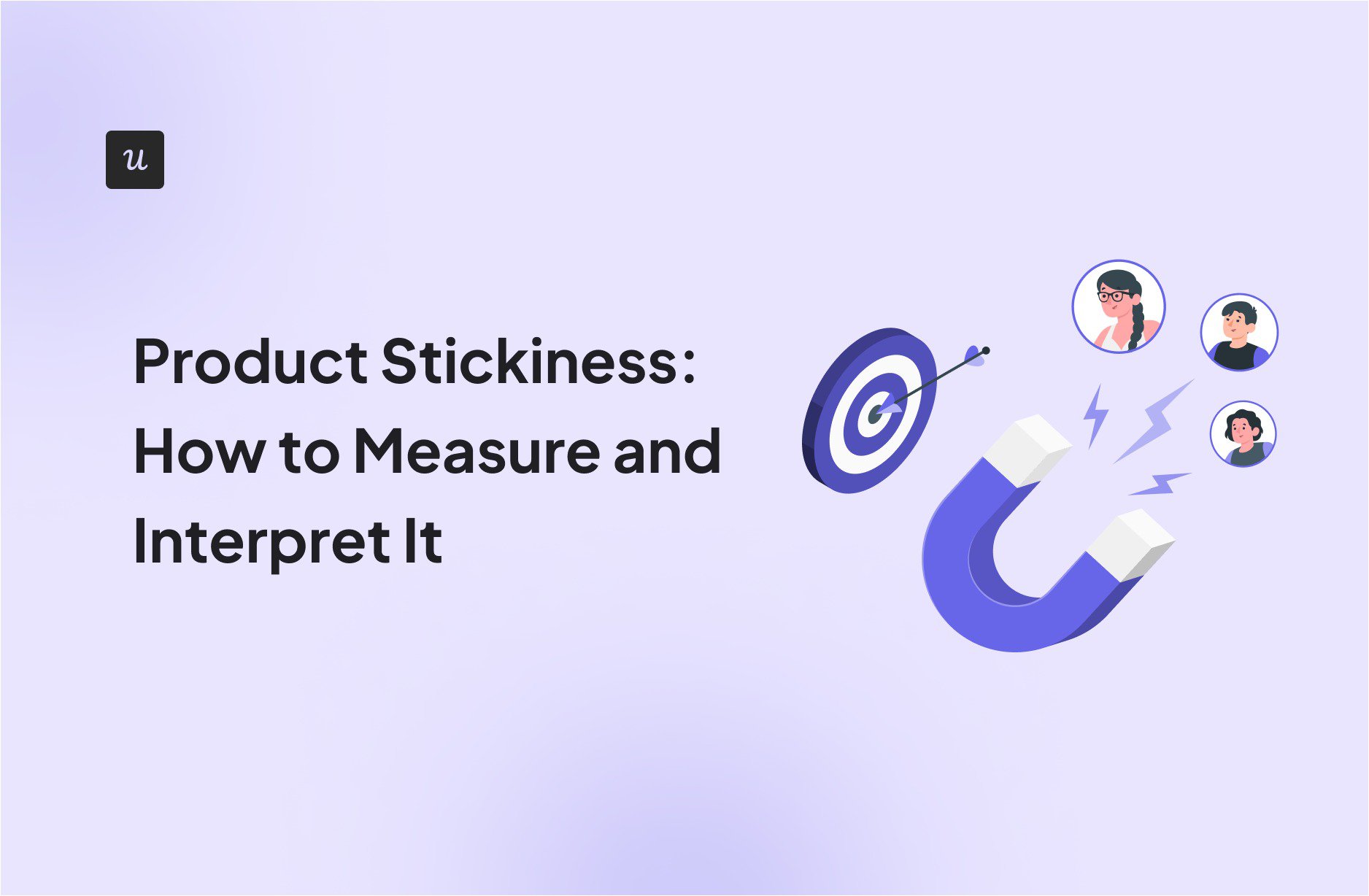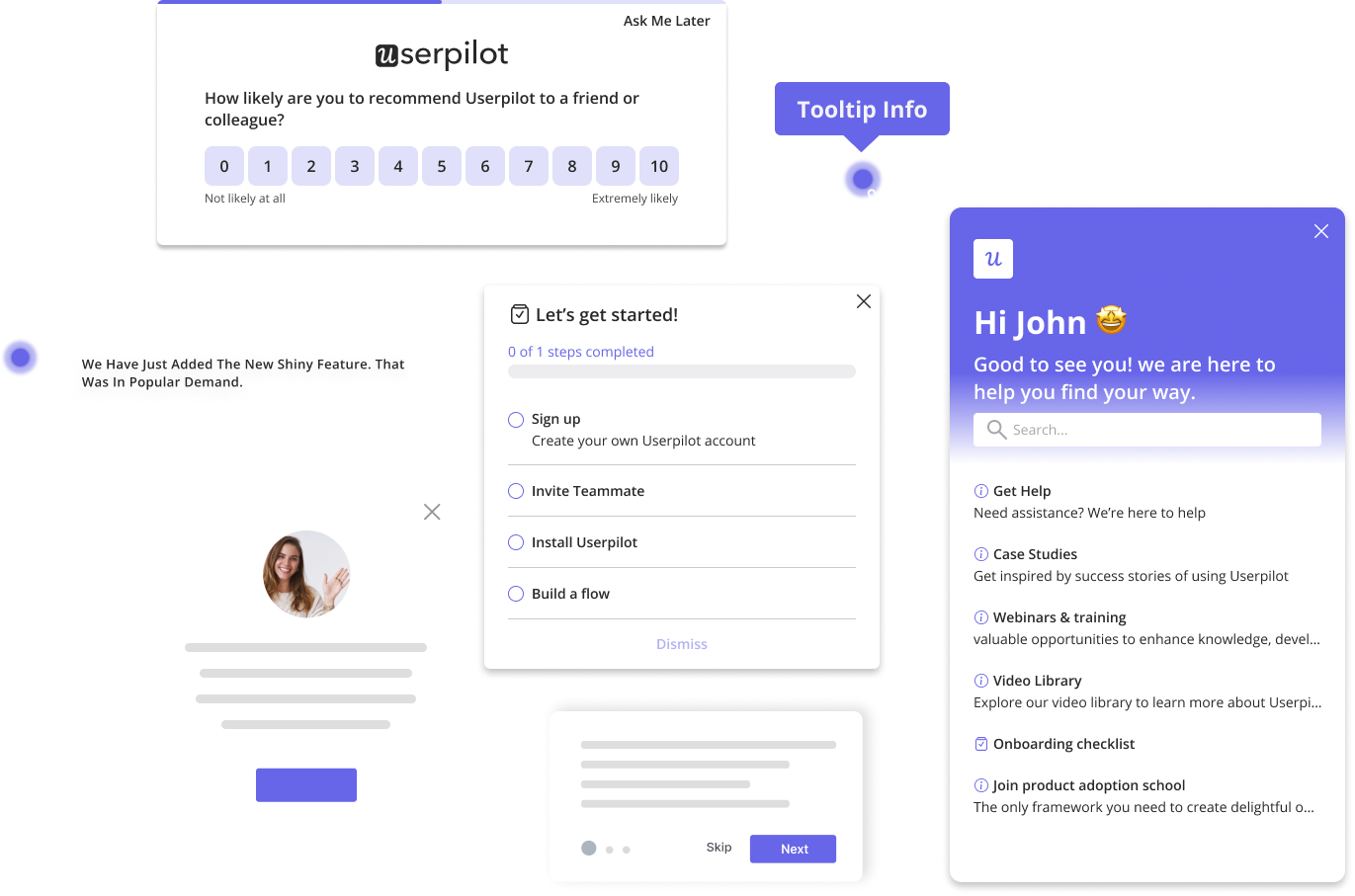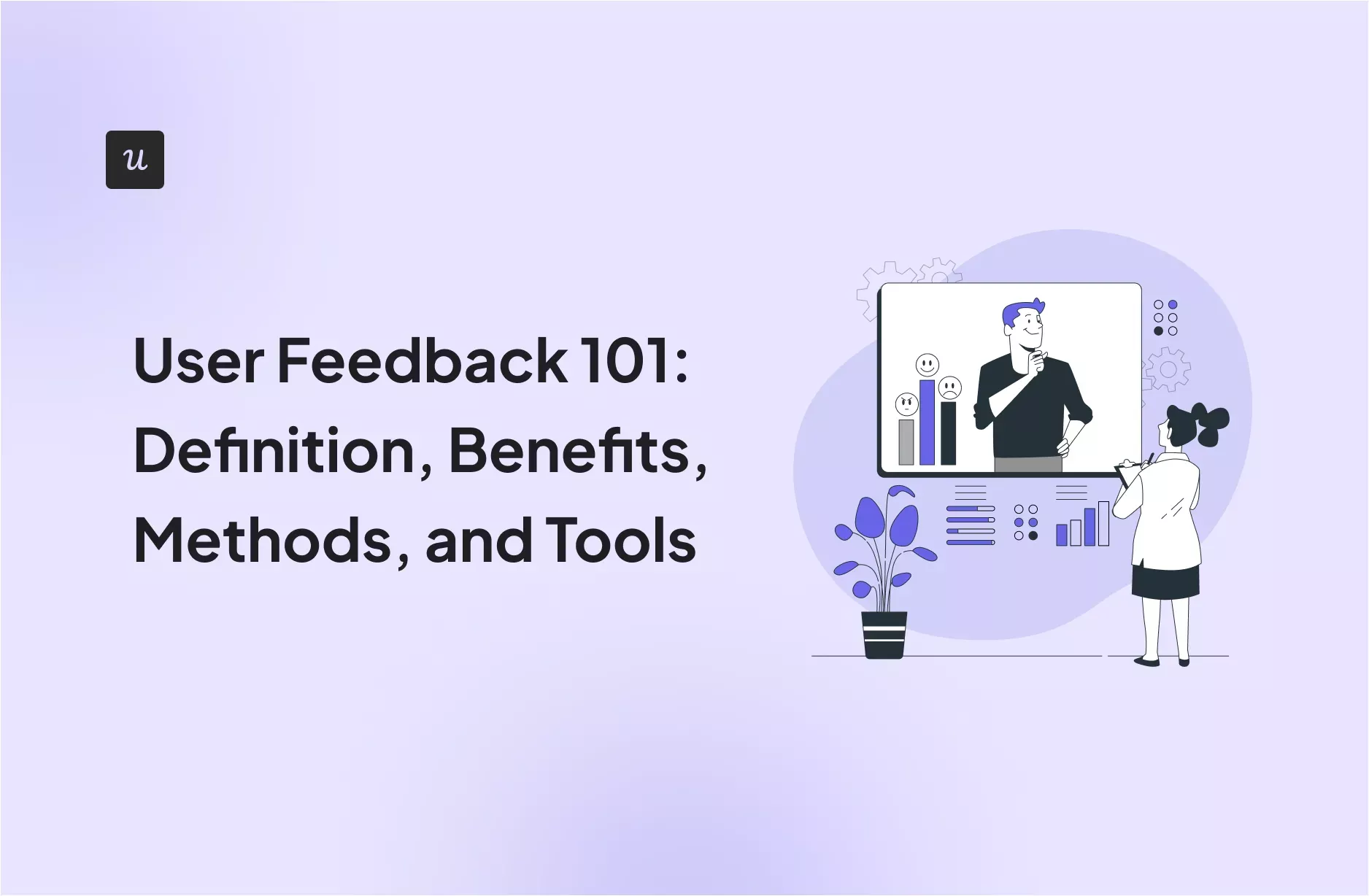
You log into your dashboard, check your DAU/MAU ratio, and see an upward trend. Great news, right? More product engagement means a stickier product.
Not necessarily.
Think about Duolingo’s streak feature— users log in daily, but are they actually engaged or just avoiding losing their streak? Or Slack— do teams use it because it’s essential or just because it’s always open?
Product stickiness isn’t just about numbers. It’s about habit loops, reinforcement, and perceived value. If your product isn’t forming actual habits, your stickiness metric might be a vanity number rather than a sign of success.
Frequent usage metrics can be deceptive if taken at face value. A spike in active users might look like success, but are they actually finding value, or are they just struggling to complete tasks?
To truly understand if your product is indispensable to users, you need to measure product stickiness beyond just numbers, combining customer feedback, behavioral tracking, and retention data.
Let’s break down what product stickiness really means and how to measure it accurately.
Try Userpilot Now
See Why 1,000+ Teams Choose Userpilot

What is product stickiness?
Product stickiness refers to how frequently users engage with a product and how essential it becomes in their daily workflows. A sticky product drives user engagement repeatedly because it delivers consistent value, solves a problem effectively, and integrates into their routines.
However, product stickiness isn’t just a metric— it reflects real user behavior. While many teams measure stickiness using the DAU/MAU ratio, raw numbers alone don’t discuss feature adoption or the whole story.
For example, if users log in frequently but aren’t using key features, is the product actually sticky? That’s why measuring stickiness requires combining metrics with behavioral insights like session replays and user feedback.
Did you know that SaaS companies’ average DAU/MAU ratio is around 13%, while user engagement-driven platforms like social media apps aim for 50% or higher?
Now that we know what stickiness is, the next question is: does it even apply to your product? While it’s a key metric for some businesses, for others, it might not be relevant at all.
Should you measure product stickiness?
Not every product needs to track user stickiness. However, if your product depends on repeat engagement to drive customer lifetime value and loyalty, measuring user stickiness is important.
On the other hand, if success depends more on repeat purchases rather than continuous engagement, then customer retention rate may be a better focus.
Here’s how to decide if it’s relevant for your product:
Is the stickiness ratio different from other metrics?
SaaS product stickiness is not the same as engagement, customer loyalty, or satisfaction. User engagement measures how actively users interact with features but doesn’t indicate whether they return.
User retention tracks how many users stay over time but doesn’t show how frequently they use the product.
Customer satisfaction reflects user satisfaction, but even these users may not engage frequently. Product stickiness, on the other hand, specifically measures how often users return to the product, but it doesn’t necessarily mean they are engaged or satisfied.
For example, project management tools (like Asana) might have high user retention but low stickiness if teams only log in for weekly planning. Meanwhile, a messaging app (like Slack) needs daily stickiness to succeed.
Now that we understand how stickiness is different from other metrics, let’s look at whether it actually makes sense to track your product. The answer depends on three key factors.
What are the factors that decide if measuring stickiness makes sense?
Stickiness is not a universal success metric. Some products rely on daily interactions, while others provide value through occasional use. Before tracking stickiness, consider these factors:
- Product type: Daily-use products (email, messaging, task management) should track stickiness as a key metric. Social platforms (Slack, Notion) benefit from higher stickiness since frequent usage signals product value. Occasional-use products (tax software, real estate apps) don’t need to prioritize stickiness.
- Business model: SaaS companies with subscriptions should track stickiness since frequent use correlates with retention and customer lifetime value. Freemium models rely on sticky behavior for free-to-paid conversions. One-time purchase products don’t need to focus on stickiness.
- Product lifecycle: Early-stage products should focus on refining their core value proposition before worrying about stickiness. Growth-stage and mature products should be tracked to optimize feature adoption and user retention.
What is the right metric to measure product stickiness?
The most common way to measure product stickiness is the DAU/MAU ratio or product stickiness formula: (Daily Active Users ÷ Monthly Active Users) × 100. You start by dividing daily active users (DAU) by monthly active users (MAU) to determine the percentage of users returning daily.

A higher ratio suggests frequent usage, but this metric alone doesn’t capture engagement depth or whether users find value in the product. That’s why many teams need a more nuanced approach.
Is MAU/DAU the only metric for user stickiness?
The DAU/MAU ratio is widely used but has one major flaw—it only shows how often users return, not whether they actually engage with key features. Frequent logins don’t always mean users are getting value. That’s why product teams need to look beyond DAU/MAU and track how users interact with core product functions.
To measure stickiness accurately, consider:
- How frequently do users engage with key features? Logins alone don’t indicate true engagement. Tracking feature usage gives better insights.
- What’s the average time spent completing a task? Understanding how long users take to complete key actions helps identify friction points and set benchmarks.
A prime example of this is CYBERBIZ, which used Userpilot to track session durations after redesigning its admin panel.
By monitoring how long it took users to complete tasks like order management, they could directly measure whether the redesign had reduced friction and made the platform stickier.

- Define the events that indicate “complete a task”: Not all product interactions reflect real engagement. To measure stickiness accurately, track specific events that indicate task completion, such as submitting a form, completing an onboarding step, or creating a project. With Userpilot, you can even group these events to track a process.

- Compare it with the ideal product usage frequency: Understanding how often users should ideally complete a task helps determine if they are forming habits. If users engage less frequently than expected, it may signal friction in the workflow.
What are the alternatives to MAU/DAU?
MAU/DAU is best for apps with daily active users and may not be the best metric for measuring product stickiness for SaaS applications with less usage.
Depending on how often existing users engage, alternative metrics can provide a clearer picture of retention and habit formation.
For products with different usage cycles, here are alternative metrics that provide better insights.
- WAU/MAU: Ideal for products with weekly usage cycles, such as team collaboration or project management tools.
- MAU/QAU: Works for monthly-user products, like billing or compliance software.
- Time spent in app/session duration: Measures depth of engagement for content-heavy SaaS tools, where longer interactions signal higher value.
- Lness (L20/30, etc.): Tracks how many times new users return in a given period. For example, L20/30 measures the percentage of users who visited at least 20 times in 30 days, reflecting stickiness.
For example, billing software like Xero benefits more from MAU/QAU tracking, while streaming apps like Spotify should track L-ness (L20/30) instead of DAU/MAU.
With tools like Userpilot, you can easily segment users based on their Lness (i.e., identifying users who perform a specific action at least 20 times in a month) and track this segment’s size over time.
A growing L20/30 segment indicates increasing stickiness, as more users are engaging with the product near-daily.

How to interpret product stickiness metrics?
More users ≠ higher engagement. Not all stickiness is good stickiness. If new users keep coming back, is it because they love the product or because they’re frustrated? Increased stickiness can be misleading if it’s driven by rage clicks, unnecessary navigation, or confusion rather than real engagement.
Therefore, it’s crucial to combine quantitative data like product usage, with qualitative data, such as user feedback and session replays.
It enables you to identify areas where the user experience can be improved and to make data-driven decisions to enhance product stickiness.
Userpilot helps you to see the top events that explain the increase/decrease in product usage.

You can click on the event data point to see the top events behind the increased/decreased product usage.

From there, you can investigate a few top events and see the associated session replays.

Get product stickiness right with Userpilot
Measuring product stickiness is not just about tracking DAU/MAU—it’s about understanding how and why users engage with your product. Without context, stickiness metrics can be misleading, showing increased usage that might actually be rage clicks or user frustration rather than meaningful engagement.
With Userpilot, product teams can go beyond basic metrics by:
- Tracking key user events to measure real engagement, not just logins.
- Segmenting users based on behavior to identify who’s forming habits.
- Using session replays to validate whether product usage is meaningful.
Want to measure real stickiness, not just inflated numbers? See how Userpilot helps by booking a free demo today.
FAQ
What is product stickiness vs retention?
Product stickiness measures how frequently users return to your product over time, while retention tracks how many users continue using the product after a given period. A product can have high retention but low stickiness if users stay subscribed but rarely engage.
What does it mean for a product to be sticky?
A sticky product is one that users repeatedly return to because it provides ongoing value. High stickiness indicates that users have formed a habit around using the product, making it an essential part of their workflow or daily routine.
What is an example of stickiness?
A messaging app with daily returning users is an example of high stickiness. If users log in multiple times a day to send messages, check notifications, or engage in conversations, the product has successfully built a habit-forming experience.









